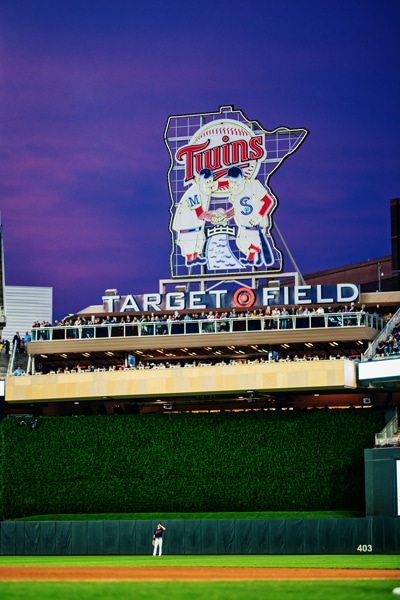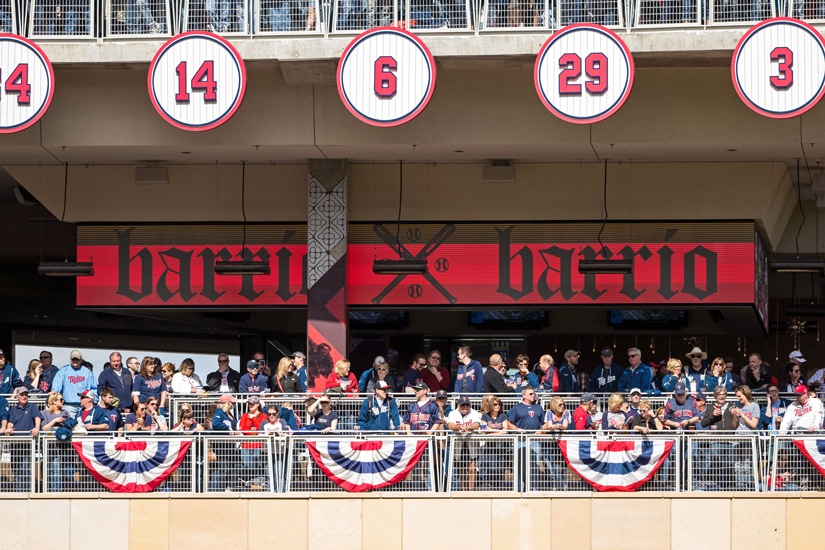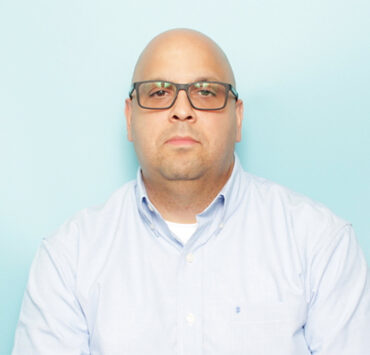|
Getting your Trinity Audio player ready...
|
With one out in the bottom of the second inning, Kirby Puckett connected with a pitch from Terry Mulholland and sent the ball over the outfield wall. The 1993 All Star Game in Baltimore remains forever etched in Dan Starkey’s mind. Starkey grew up watching Puckett’s Twins play at the Metrodome and had never attended a Major League game outdoors. Officially, Puckett was the game’s Most Valuable Player, but for Starkey, Camden Yards was the real MVP.
The Orioles stadium inspired the young baseball fan. “It was just a spectacular setting for a baseball game. It broke the mold and was something different in an era of multiuse stadiums with isolated seating bowls. I felt like I was part of the action,” Starkey recalls. From that moment on, he made it his mission to land a job in professional baseball.
Today, after starting his career in finance, Starkey works for his hometown Minnesota Twins as senior director of baseball development and planning. Both finance and baseball run in the family. Starkey’s father, Bob, is the league’s CFO and spent the earlier part of his career advising baseball commissioners and executives through Starkey Sports Consulting.

In 2005, when Twins owner Carl Pohlad negotiated a financing agreement with Hennepin County to build a new stadium, the younger Starkey saw his opportunity to leverage his financial training and break into the league. When ballpark funding legislation passed in 2006, Starkey joined the Twins to keep track of invoicing, payments, budgets, and other financial matters related to the construction of the new stadium known as Target Field.
The $555 million project may have intimidated other project managers, but Starkey built a system that tracked all financial data flowing into various parts of the budget. The success earned him more responsibilities related to design and construction in advance of Target Field’s grand opening.
On April 12, 2010, 39,715 people filled the stadium for the first time and watched the Twins beat the Red Sox. Target field quickly received rave reviews from players and fans alike. Starkey says it pays homage to venues like Camden Yards. “We wanted a facility that is folded into the fabric of the county and city,” he explains.
General contractor Mortenson Construction and sports architecture firm Populous helped Starkey and the Twins turn a 1-million-square-foot lot into a LEED Silver baseball stadium that serves as a transportation hub and ties into light and heavy rail systems. Target Field and other economic and cultural investments have led to immense growth in the adjacent North Loop neighborhood.

Starkey visits other major league sports stadiums to gather best practices and brainstorm new ideas. Since 2010, he’s helped create “unique neighborhoods” within Target Field to challenge the long-held concept of fans remaining seated in a single location throughout an entire game. Starkey doesn’t have a favorite seat; he prefers to move around and eavesdrop or solicit feedback from fans.
This strategy yields actionable intelligence. In 2018, overheard conversations and fan response motivated the Twins to make a season ticket holder club in the right field concourse more accessible. Crews replaced a panoramic glass facade with six operable garage doors. Now, with the doors open, fans are closer to the action. “They can hear the crack of the bat, smell the hotdogs, and cheer for their favorite players,” Starkey says.
In his current role, Starkey manages new construction at Target Field and coordinates other important offsite projects including a recent $50 million expansion and renovation to spring training sites in Fort Myers, Florida. He also helped the Twins and Phillies build a unique training complex in the Dominican Republic.

The $18 million baseball academy in Boca Chica gives each team three full fields, an agility field, batting cages, an administrative building, clubhouses, a weight room, a training room, a video room, dormitories, and other facilities used by both teams. “We’re proud of this project because we put young people in a better position in life and give them the best possible chance at success,” Starkey says. Athletes who train at the facility study English and can earn their high school diploma. The facility opened in 2017 and has already hosted numerous graduation ceremonies.
Starkey appreciates the impact his organization is making at home and abroad. “The Pohlad family is committed to making a difference and doing things the right way,” he says. Starkey is grateful to have had the chance to grow with a new stadium and an evolving franchise. While it can be hard for new talent to break into major league sports, he says anyone with persistence and agility can succeed.
Although the Twins haven’t won the World Series since 1991, they won division titles in 2019 and 2020. Starkey is optimistic about his team in 2021 and is excited stadiums are opening up again. “We want people to come back to sports venues and watch great teams take the field,” he says. “That’s what these facilities were built for.”


